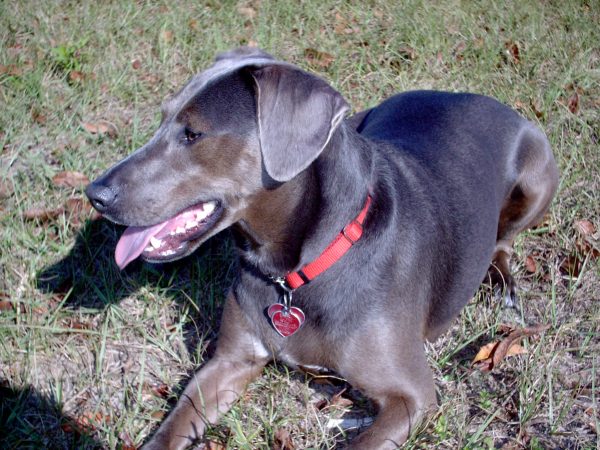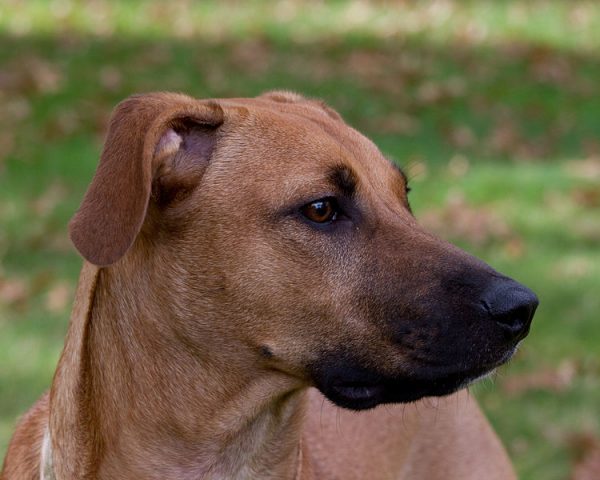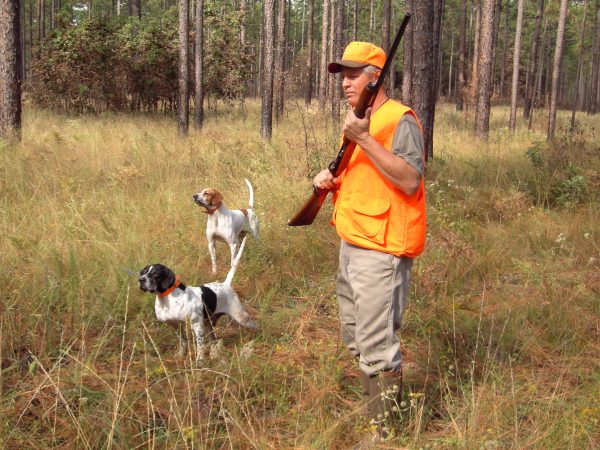Hunting dogs that can find, track and then tree or corner an animal are known as bay dogs, and they are an invaluable resource to hunters.
Everything from coons to bears and cougars can be tracked with a good team of bay dogs. Thinking of getting a bay dog? These three breeds can track, chase and howl with the best of them.
RELATED: Tips for Raising the Best Hunting Dogs
BLUE LACY

The Blue Lacy was originally bred in Texas as a working dog in the mid-1800s to trap line, blood track and herd cattle. Trap lining is a form of predator control where traps are set for game that destroy habitats or ruin crops. Lacys were deployed to track the trapped predators and bay, alerting their owners of the catch. Through trap lining, Lacys learned grit and gained experience in close proximity to menacing angry animals.
Blood tracking is a technique used in hunting where a dog tracks wounded game. Often in blood tracking a dog will arrive upon a mobile animal requiring it to persevere and react to changing, intimidating circumstances. Above all blood tracking developed the Lacys keen senses and tracking ability.
Herding cattle educated the Lacy in situational control. Keeping herds of larger more powerful animals in line built confidence in the breed. It translates perfectly to the bay dog’s skill set in keeping a predator subdued before the catch dog or hunter can arrive on the scene.
RELATED: Best All-Around Hunting Dog Breeds
BLACK MOUTH CUR

The Cur is a mixed breed dog that originated in England as early as the 1700s. The English Cur was used as a shepherds companion. More recently the Cur has been purpose bred in North America as a treeing hound. Tree hounds were some of the original bay dogs, making Cur some of the best bays around.
The English Cur learned agility and poise in proximity to sheep and cattle while herding. The Cur developed a very accurate bite, dealing with bulls that could kick with fatal force. It was then cross bred in the South as an alternative to British hunting dogs that weren’t used to game taking refuge in the trees. This resulted in Black Mouth Cur, Leopard Cur, and several other mixed breeds that we see today.
RHODESIAN RIDGEBACK

Dutch colonials brought established hunting dogs like Danes, Bloodhounds, and Terriers to Africa and bred them with indigenous African hog hunting dogs. The result was the Rhodesian Ridgeback. The Ridgeback was first used to hunt and bay lions.
Ridgebacks were also used as defense against the wild terrain that Africa imposed on the colonials. They would protect homesteads, cattle and crops from any threats made by big game. This instilled a sense of purpose and steadfastness that translates well to the sensibilities of a good bay dog.
RELATED: How to Train a Bear Hunting Dog
Today, like their ancestors, Ridgebacks are incredibly brave, loyal and intelligent. They can be dismissive of outsiders, but most hunting dogs are. They are not overly domesticated and operate well individually and in nature.
Being of the same blood line as hounds and terriers the Ridgeback is equally in tune with tracking as they are with defending. This mix combined with their selectivity in barking makes them an excellent bay dog.
Photo credits: Wikimedia








